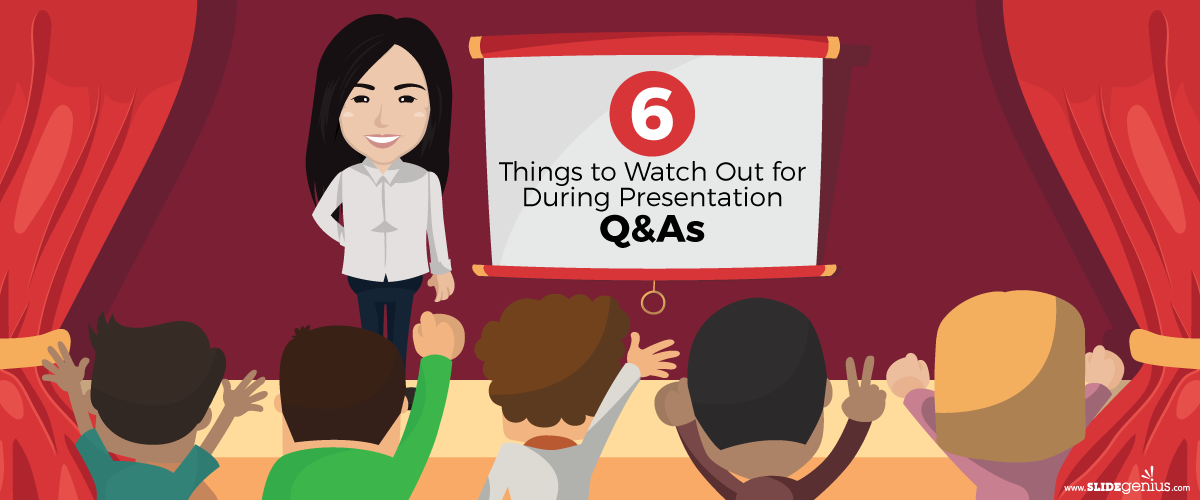
Handling a Q&A session after a presentation can be both rewarding and challenging. It’s your chance to engage directly with your audience, clarify points, and demonstrate your expertise. However, there are potential pitfalls that could disrupt your flow or cause confusion.
Here are six things to watch out for during presentation Q&As:
1. Unclear Questions
Sometimes, audience members may ask questions that are vague or poorly worded, making it difficult to provide a direct answer.
What to Watch Out For:
- Misinterpretation: If the question is unclear, you may end up answering something the audience member didn’t intend to ask.
How to Handle It:
- Politely ask for clarification: “Could you please rephrase your question?” or “Can you clarify what you mean by [specific word or topic]?”
2. Off-Topic Questions
Occasionally, audience members may ask questions that are unrelated to your presentation, leading the discussion away from your main message.
What to Watch Out For:
- Losing Focus: Answering off-topic questions can waste time and distract the audience from the key points you want to emphasize.
How to Handle It:
- Acknowledge the question but steer the conversation back: “That’s a great question, but it’s a bit outside today’s topic. I’d be happy to discuss that afterward.”
3. Aggressive or Hostile Questions
Every now and then, someone in the audience may challenge your content or present their question in an antagonistic manner.
What to Watch Out For:
- Escalating Tension: If not handled carefully, hostile questions can escalate and create tension in the room.
How to Handle It:
- Stay calm and composed: “I understand your concern. Here’s how we approached that issue…” Redirect the conversation back to your presentation’s core message.
4. Questions You Don’t Know the Answer To
No matter how well-prepared you are, it’s possible that you’ll be asked a question that you don’t have the answer to.
What to Watch Out For:
- Appearing Unprepared: Not knowing the answer to a question can make you feel caught off guard.
How to Handle It:
- Be honest and offer to follow up: “I don’t have that information right now, but I can look into it and get back to you.”
5. Long-Winded Questions
Some audience members may use the Q&A session as an opportunity to share their thoughts at length, turning a question into a monologue.
What to Watch Out For:
- Losing Engagement: Long-winded questions can take up valuable time and lead to a loss of engagement from the rest of the audience.
How to Handle It:
- Politely interject: “That’s an interesting perspective. To clarify, is your question about [summarize their point]?”
6. Running Out of Time
Q&A sessions can easily run over time if not managed properly, which can frustrate both you and your audience.
What to Watch Out For:
- Overrunning Your Allotted Time: Allowing the session to go over time can disrupt the schedule, especially in formal or time-constrained settings.
How to Handle It:
- Keep an eye on the clock and manage time accordingly. You can say, “We have time for one more question,” and offer to continue the conversation afterward.
Final Thoughts
Navigating a Q&A session can be tricky, but with the right strategies in place, you can handle unexpected challenges and maintain control of the conversation. Stay calm, engage with your audience thoughtfully, and always steer the discussion back to your key message when necessary.





